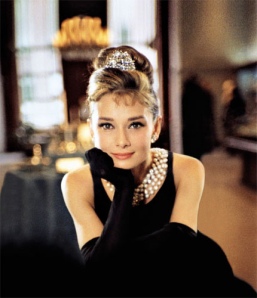When one thinks of Audrey Hepburn, one thinks in terms of images. That iconic soft focus picture from Breakfast at Tiffany’s, with Hepburn gazing enigmatically yet invitingly into the camera; the audacious expression and equally bold black jumpsuit which has come to represent Funny Face; the expression of glee as she rides on a moped driven by Gregory Peck in Roman Holiday.
The National Portrait Gallery’s ‘Portraits of an Icon’ exhibition traces how different photographers have depicted Hepburn throughout her career, but fails to capture the spirit of the actress. The camera seems fascinated more by her features and her potential to create a striking image than bringing out the enchanting quality which defines her screen performances – rather strange, given that many of the portraits were linked to some of her best-loved films.
Hepburn was famously shy, admitting that she was as far from the extrovert Holly Golightly as could be imagined. On the evidence of these photos, there is a correlation between her timidity and her level of fame. Early photos from Hepburn’s days as a chorus girl capture a spark and joie de vivre which is suddenly lost as her film career flourishes, almost as if a veil is drawn over the eyes. While some might argue that the ambiguous expression draws the viewer in, the number of portraits with this guarded expression suggests that something else is at play. The most effective portraits are surely those which tell a story; it appears that the story here is of Hepburn trying to protect something of herself from the media.
